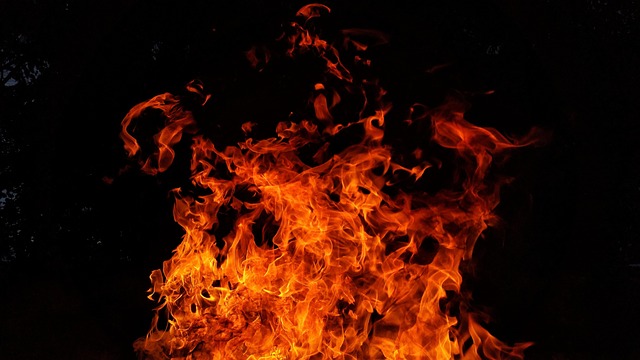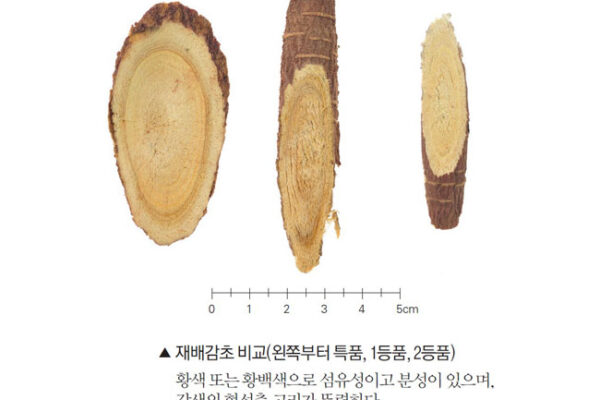Vesicotonia & Renotonia: 2 Shocking Reasons Your ‘Cold’ Constitution Actually Feels Hot
In the intricate system of Korean 8-Constitutions Medicine, there’s a foundational belief that certain body types are inherently “cold.” The Vesicotonia & Renotonia constitutions are the prime examples, often described as having weaker stamina and a natural disposition to feel chilled.
But what if that common understanding is incomplete?
The truth is, while many with these constitutions do feel cold, a significant and growing number experience a persistent, often confusing, sensation of internal heat. This might sound like a medical contradiction. However, once you understand the core energetic dynamics of these body types—especially the principles inherited from their Sasang Medicine roots—it all begins to make perfect sense.
If you’ve been diagnosed with a Vesicotonia or Renotonia constitution but constantly feel warm, you are not an anomaly. Let’s dismantle this common misconception and explore the fascinating reasons behind this paradox.
The Foundation: Why Vesicotonia & Renotonia Are Known for Coldness
To understand why these constitutions can generate heat, we must first appreciate their traditional association with coldness.
In both Sasang and 8-Constitutions Medicine, the Vesicotonia & Renotonia types (which together form the broader Soeumin category) are defined by a congenitally weak digestive system. In the body’s ecosystem, the digestive organs act as the primary “furnace.” They are responsible for the critical job of converting food into the energy—Qi and Blood—that warms and fuels your entire being.
Here’s a simple analogy:
-
Food is the fuel.
-
The Digestive System is the engine that combusts the fuel.
-
Energy (Qi) is the heat and power produced by the engine.
Because the Vesicotonia & Renotonia types have a less powerful digestive “engine,” they often struggle to generate sufficient internal heat and energy. This fundamental trait frequently leads to a body that feels weak, tires easily, and is highly sensitive to cold temperatures. This is the classic, textbook description, and for many, it is their daily reality.
However, the story doesn’t end here. The clinical reality is far more nuanced.
The Surprising Twist: 2 Reasons a ‘Cold’ Constitution Generates Heat
So, if the internal furnace is weak, how can the body possibly overheat? This occurs when the body’s energy becomes imbalanced, blocked, or stagnant, creating friction and heat. Here are the two main reasons a Vesicotonia or Renotonia individual can develop a “heat” pattern.
1. The Paradox of “Condensed” Descending Energy
This concept is rooted in the core principles of Sasang Medicine. The Soeumin type is characterized by strong “descending” energy directed toward the kidneys and bladder, while the “ascending” energy for digestion is weaker.
Under normal circumstances, this creates a stable system. However, if this powerful descending energy becomes excessive or obstructed, it can get “stuck” and pool in the lower body. Think of a powerful river being dammed; the pressure and force build up behind the dam, generating immense energy and heat. Similarly, this concentration of stagnant energy, particularly around the kidneys, generates potent internal heat.
This isn’t a modern reinterpretation. The foundational text of Sasang Medicine, Donguisusebowon, explicitly acknowledges this duality. It classifies diseases for this constitutional group into two primary patterns:
-
A “Cold” Pattern (Soeumin Wiwan-suhan-pyohan-byeong): Related to coldness originating in the stomach (the weak digestive system).
-
A “Heat” Pattern (Soeumin Sinsu-yeol-pyoyeol-byeong): Related to heat originating in the kidneys (where descending energy concentrates).
This historical text confirms that the founders of constitutional medicine knew this type could manifest as either extreme cold or intense heat. Within the 8-Constitutions, the Renotonia (Su-yang) type is often observed to exhibit this heat pattern more frequently than the Vesicotonia (Su-eum) type.

2. The Unmistakable Influence of Our Modern Lifestyles
Our environment and daily habits have a profound impact on our internal balance. Today’s world has created a perfect storm for generating internal heat, especially for these sensitive constitutions. Two major lifestyle factors are key:
-
Decreased Physical Activity: We live increasingly sedentary lives, which leads to stagnant Qi and poor energy circulation throughout the body.
-
Information Overload & Emotional Stress: We are constantly bombarded with social media, news, and the pressures of modern life. Seeing how others live can easily breed emotions like anger, frustration, envy, and anxiety.
In traditional medicine, these intense emotions are not just feelings. They are powerful energetic forces that generate “internal fire” or heat. When this emotional heat is combined with a sedentary lifestyle, it creates a potent heat pattern that can easily override the body’s naturally cooler tendency. This is a major reason why we see so many “hot” Vesicotonia & Renotonia individuals in clinics today.
What About Other Constitutions?
This duality of hot and cold is a universal principle in constitutional medicine. Every single one of the eight constitutions has individuals who lean toward a heat pattern and others who lean toward a cold pattern, based on their life, diet, and health.
Constitution vs. Condition: The Most Important Distinction
This brings us to the most critical takeaway for your health:
-
Your Constitution is permanent. It is your genetic blueprint, inherited from your parents, and it will not change.
-
Feeling hot or cold is a temporary condition. It is an outward sign of your body’s current state of health. It can and will change based on your diet, stress levels, environment, and how you manage your well-being.
Therefore, the biggest mistake you can make is to self-diagnose based on your body temperature. Do not assume you have a Vesicotonia or Renotonia constitution just because you feel cold, and certainly do not rule it out just because you feel hot.
The Journey to True Self-Understanding
While these articles aim to shed light on the fascinating world of constitutional medicine, an accurate diagnosis from a trained professional is the essential first step. Knowing your constitution incorrectly can be more confusing and counterproductive than not knowing it at all.
Think of discovering your constitution as a profound journey of self-awareness. If you are truly ready to understand your body on this deep level, I strongly encourage you to seek guidance from a qualified practitioner of 8-Constitutions Medicine. Through professional observation and consistent care, you can confidently identify your true constitutional type and learn how to achieve lifelong balance and vitality.
For the original Korean text, visit here.
If you’re curious about the basics of traditional Korean medicine and health, read the following article:
The Truth About 8 Constitution Medicine: A Revolutionary Healing Framework Explained
Learn Why Studying JangSang Medicine is Important.
Frequently Asked but Silly Questions (Foods Good for the Liver??)

